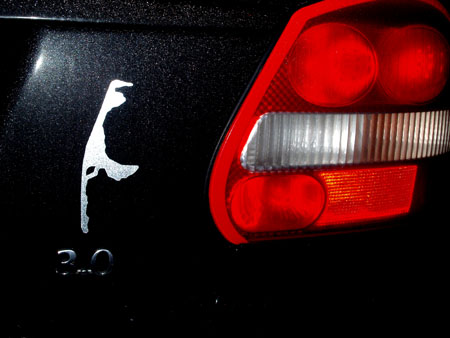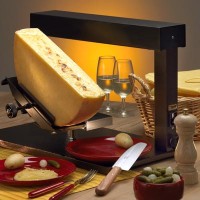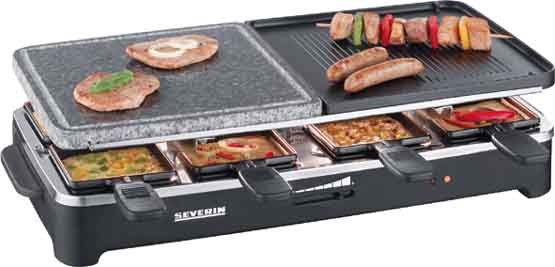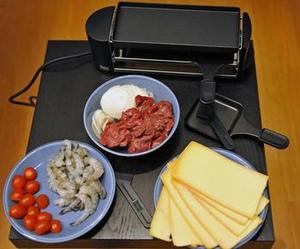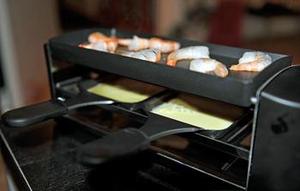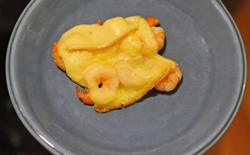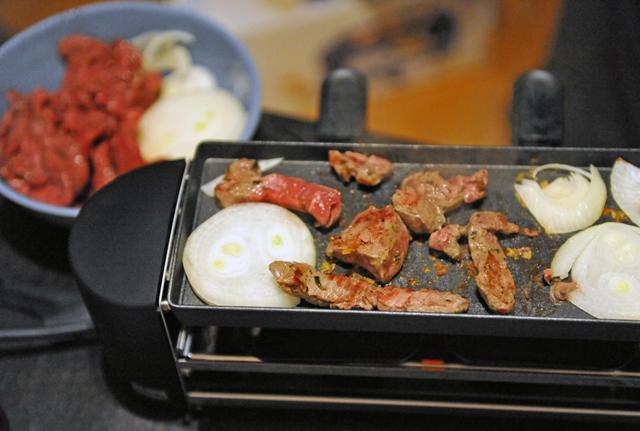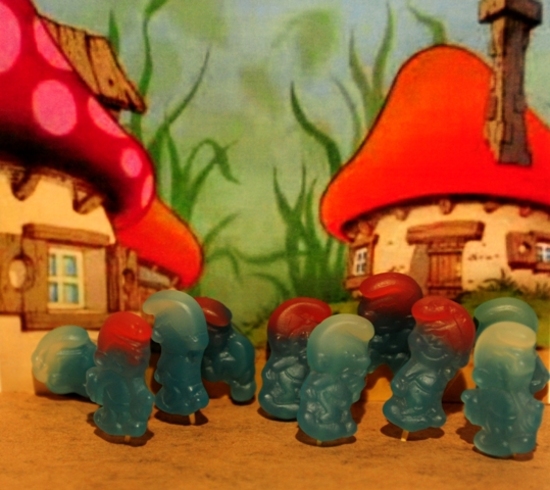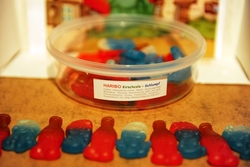Photoblog - Sylt
 Saturday, March 5, 2011 at 8:00
Saturday, March 5, 2011 at 8:00 Sylt is the northernmost island in Germany, lying effectively at the same latitude as the mainland's border with Denmark (and about 10km off the west coast). It is Germany's largest island in the North Sea at 38km north-to-south -- but generally only a few kilometers wide. Here's Sylt on Google Maps. Hamburg is a few hours south, London sits across the North Sea to the southwest, and the Baltic Sea lies across Denmark to the east (Germany call this the East Sea).
Again with Google maps you can see the distinctive shape of Sylt. Westerland the is largest town (9,000 of the 21,000 total inhabitants), with Kampen being the very upper-class village a little to the north -- although nowhere can Sylt be called frugal in any sense. In fact, they have prohibited any new construction to preserve nature... if you want to build, you have to tear down an existing structure and build on the same site. I think that's a good move. It would probably get overdeveloped otherwise, and it's a beautiful place. More info on Sylt from Wikipedia here.
Indeed, the shape of the island is so distinctive that it helps define a culture around it. You'll see a lot of cars with this bumper sticker (below) on it, indicating a fan of Sylt and probably a frequent visitor (or, if lucky, owner of a flat there). Most cars with this sticker will be BMWs, Mercedes, or Audis... and the higher-end models at that. You're announcing that you're a bit of a snob with this on your car, but at least a snob with good taste.
And the "culture" around Sylt? There was a famous pop song from the Neue Deutsche Welle (New German Wave) in the 1980's that immortalizes Westerland, the main town. The NDW includes artiscs like Nena (Luftballons) and Falco (Rock Me Amadeus), by the way. Here is the song and video. It's actually a really catch tune.
You can fly to Sylt (small airport there) but it's better and more fun to "drive". I drove north from Hamburg a couple of hours to the boarding point for the auto-carriers on the Deutsche Bahn. You actually drive up onto the auto-carrier on the train, and it takes the route across the water to the island!
Fortunately, my car was on the top level of the carrier, so I was able to get this photo as the train just reached the first part of Sylt. This is typical for the southern portion -- fields of wheat or cows, totally flat of course.
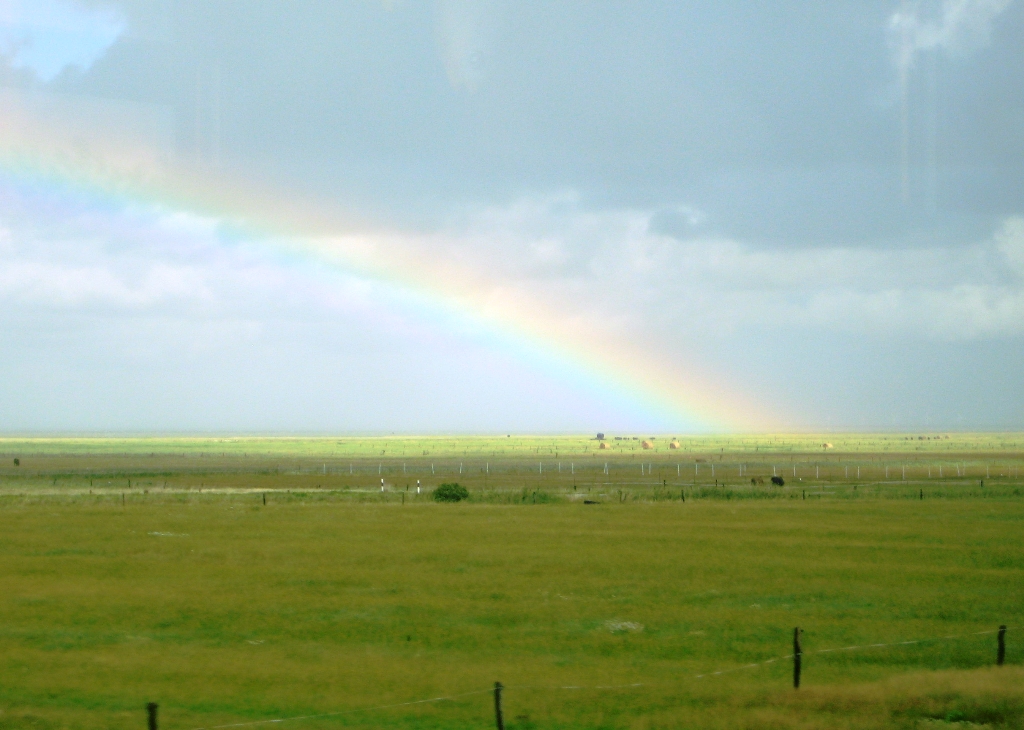
What Sylt is most famous for is the dunes and beaches, that reminded me a lot of the Outer Banks in North Carolina. It's waaaay up north, and never truly gets hot. Also, there is a constant strong breeze, so there are rather more sturdy grasses than many trees.
What you see on the beach is also a trademark of Sylt: the strandkorb. Literally, the sand basket. These things are quite heavy and stay put, but just light enough so that you can rotate them to face the sun and block the constant wind from your back. It really works to keep you warm. However, there are numbers on them... because each section of beach has a firm that is allowed to rent a certain number of strandkorbs. You have to reserve one for each day that you want to use it -- but you better do this ahead of time. They go fast.
Here you can clearly see the numbers on each strandkorb. The blue and white stripes on the inside are traditional, and there are two baskets underneath the seat to store bags, books, clothes, etc. This is about the maximum density of strandkorbs that are allowed, and you see that they are ALL taken. What I did not post, but is common, is that many people love to hang around and swim in the nude. That's Germany - claim your square meters on the beach and get naked!
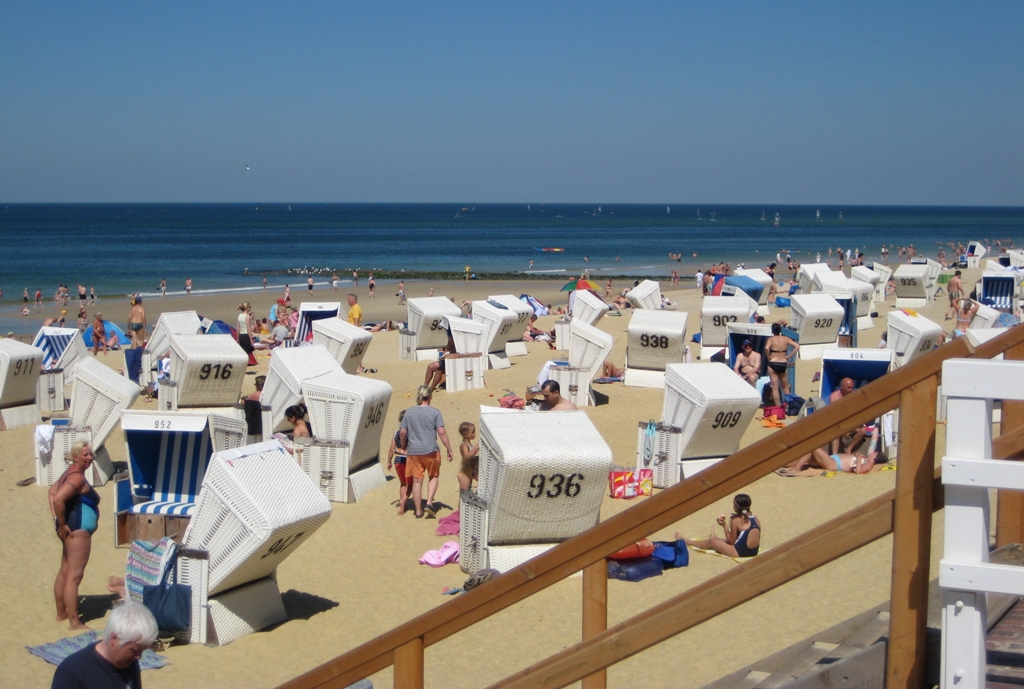
As you might expect, there are some nice walking/hiking trails on Sylt. Germans are really outdoorsy and like to get fresh air and exercise. You can walk paths around much of the island, which gets especially nice as you get farther from the crowded beaches. Some parts are farmland, others a bit wooded, and some parts marshy. This was one of my favorites.
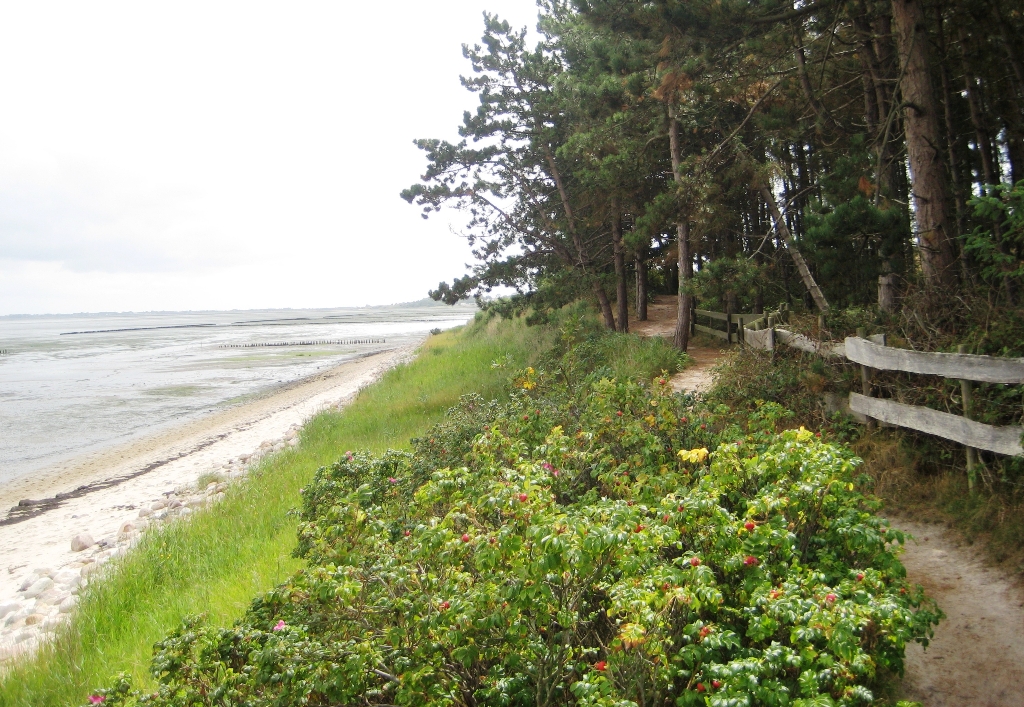
When you're done with the beach and trails, the best thing to do is get some seafood at Gosch. Mr. Gosch started out selling seafood from a cart, got more and more carts, expanded into a restaurant, and now sells seafood across all Germany. The two cool locations on Sylt (his home base, and is often at the restaurants) are in the towns Wenningstedt and List. (He even has stands in the Munich airport and main train station - both are always crowded and known for quality).
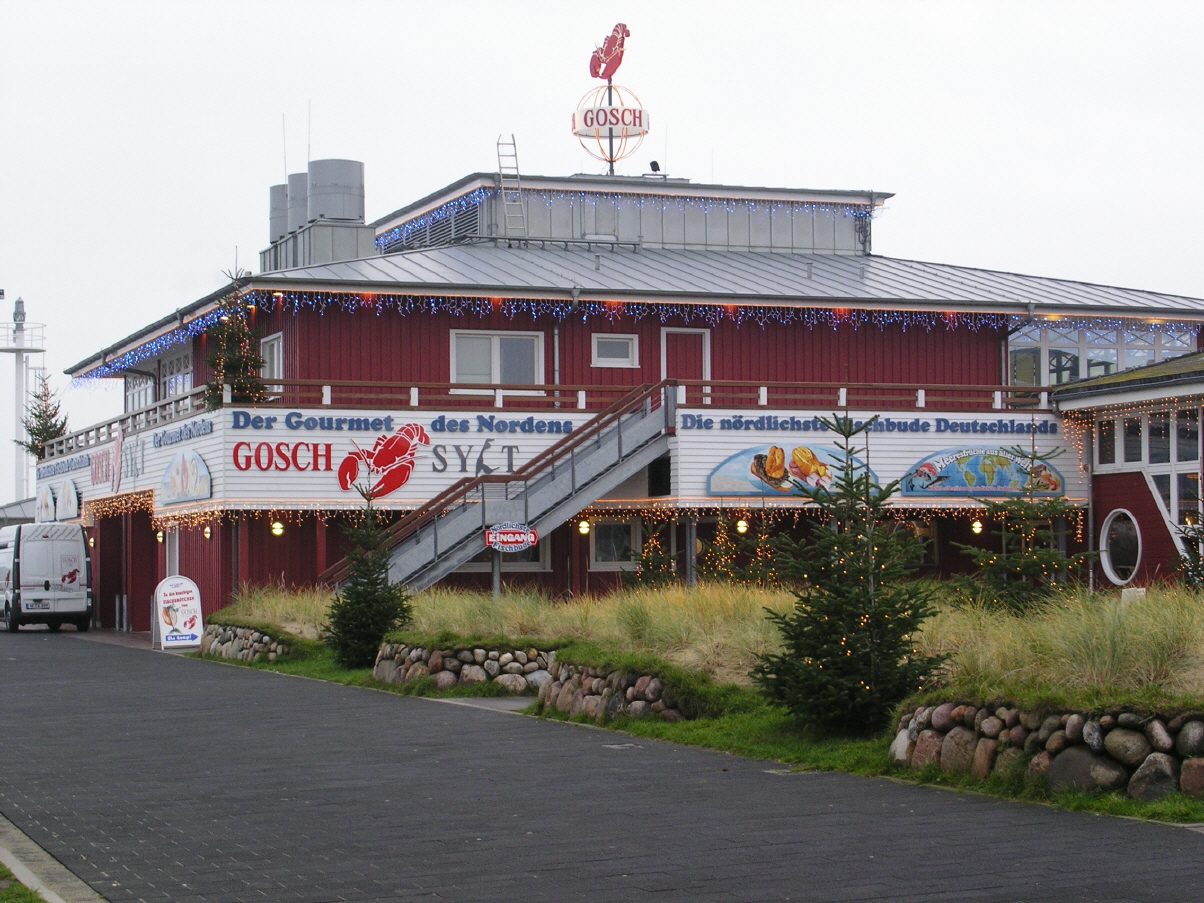 Gosch restaurant in List
Gosch restaurant in List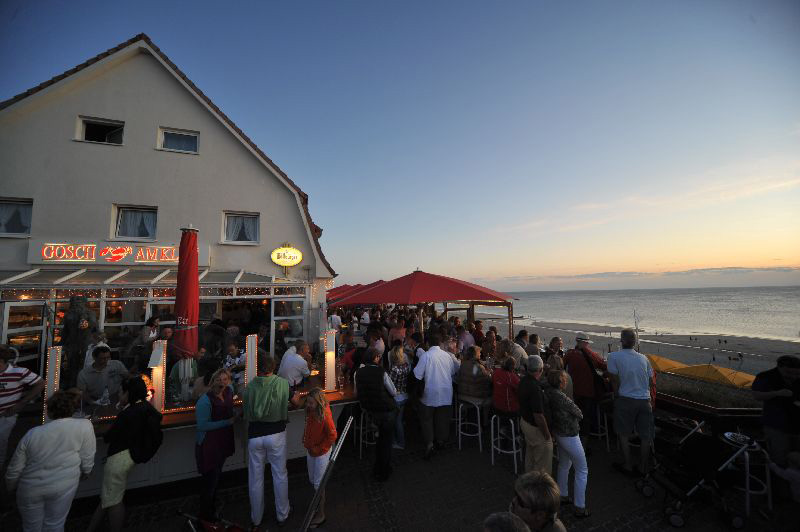 Gosch restaurant in Wenningstedt
Gosch restaurant in Wenningstedt
 Herr J ...
Herr J ...  2 Comments
2 Comments 



